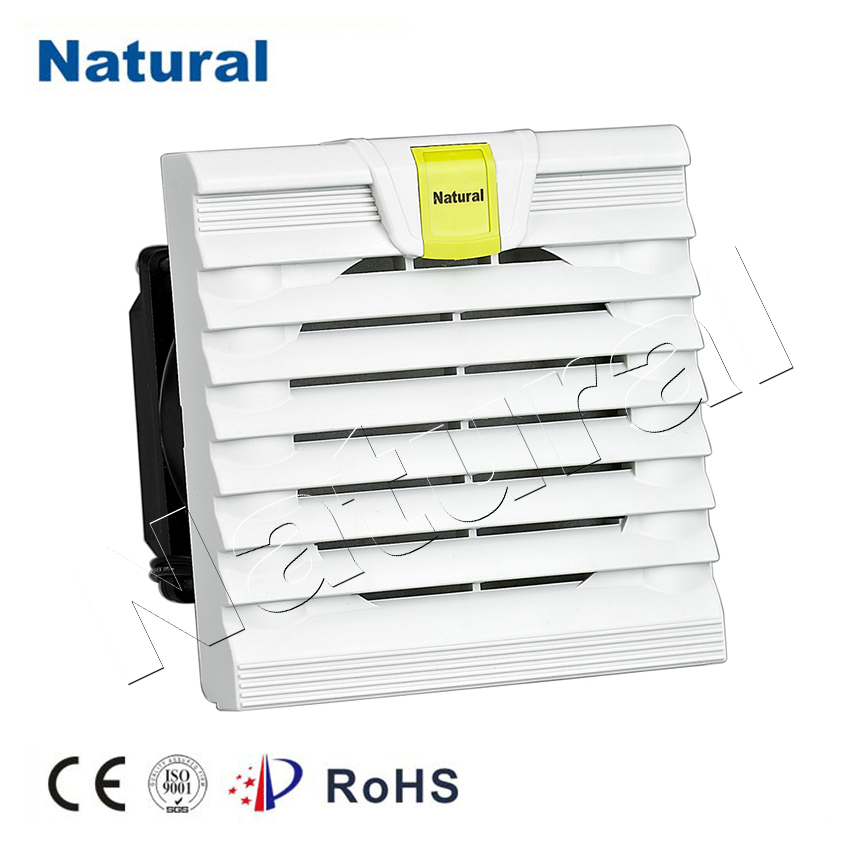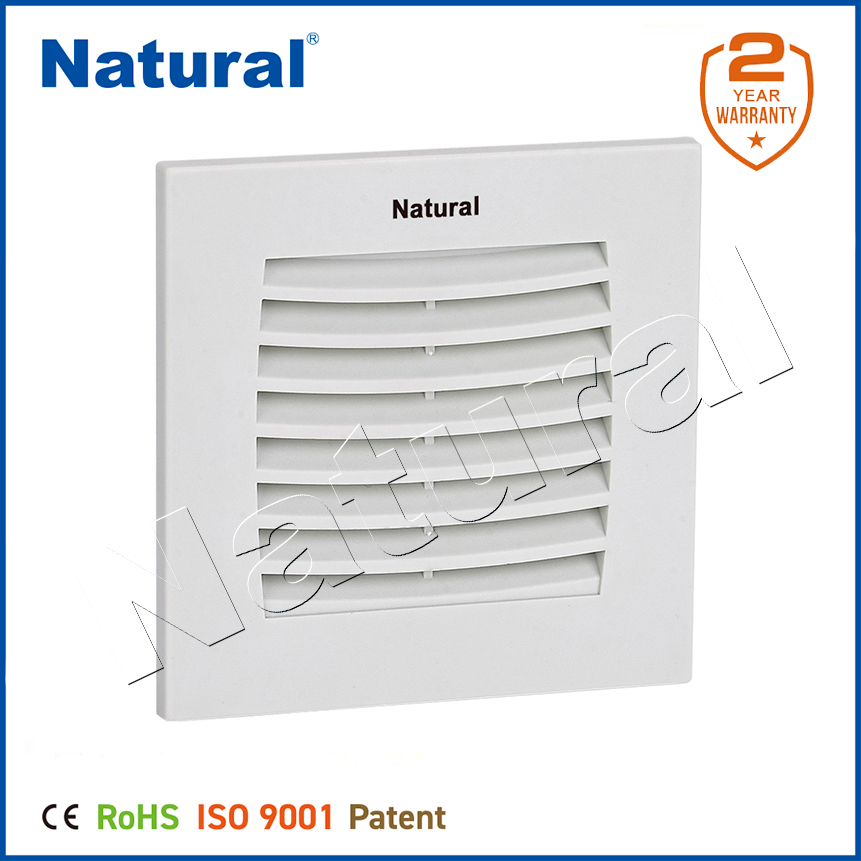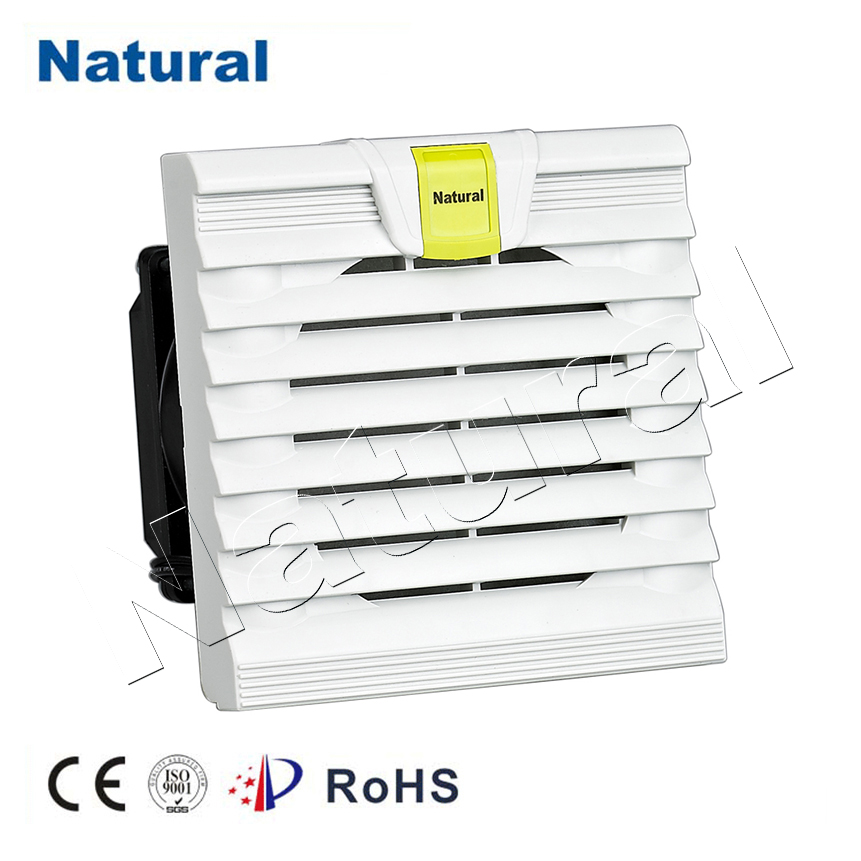In today’s fast-paced world, maintaining clean air and efficient machinery is crucial to both our health and productivity. One of the often-overlooked components in air filtration systems is the cabinet filter. While air purifiers and HVAC systems typically get the most attention, the cabinet filter plays a vital role in preserving the integrity of equipment, improving indoor air quality, and reducing maintenance costs. This article will explore the significance of cabinet filters, their working principles, and how they contribute to a healthier and more sustainable environment.

What Is a Cabinet Filter?

A cabinet filter is a device used in various types of machinery and appliances, particularly in areas where air quality and protection from contaminants are critical. The term “cabinet” refers to the enclosure or housing in which the filter is placed, usually within industrial, commercial, or technical settings. Cabinet filters are designed to capture dust, dirt, pollutants, and other airborne particles from the air that enters the system, ensuring that only clean, filtered air circulates within the equipment or workspace. These filters are most commonly used in server rooms, laboratories, and other industrial settings where sensitive machinery and electronic components are housed. The filters prevent harmful particles from interfering with equipment operations, ensuring both smooth functionality and longevity. Cabinet filters are also employed in other areas such as kitchen ventilation systems, HVAC systems, and even in clean rooms where particulate control is paramount.
